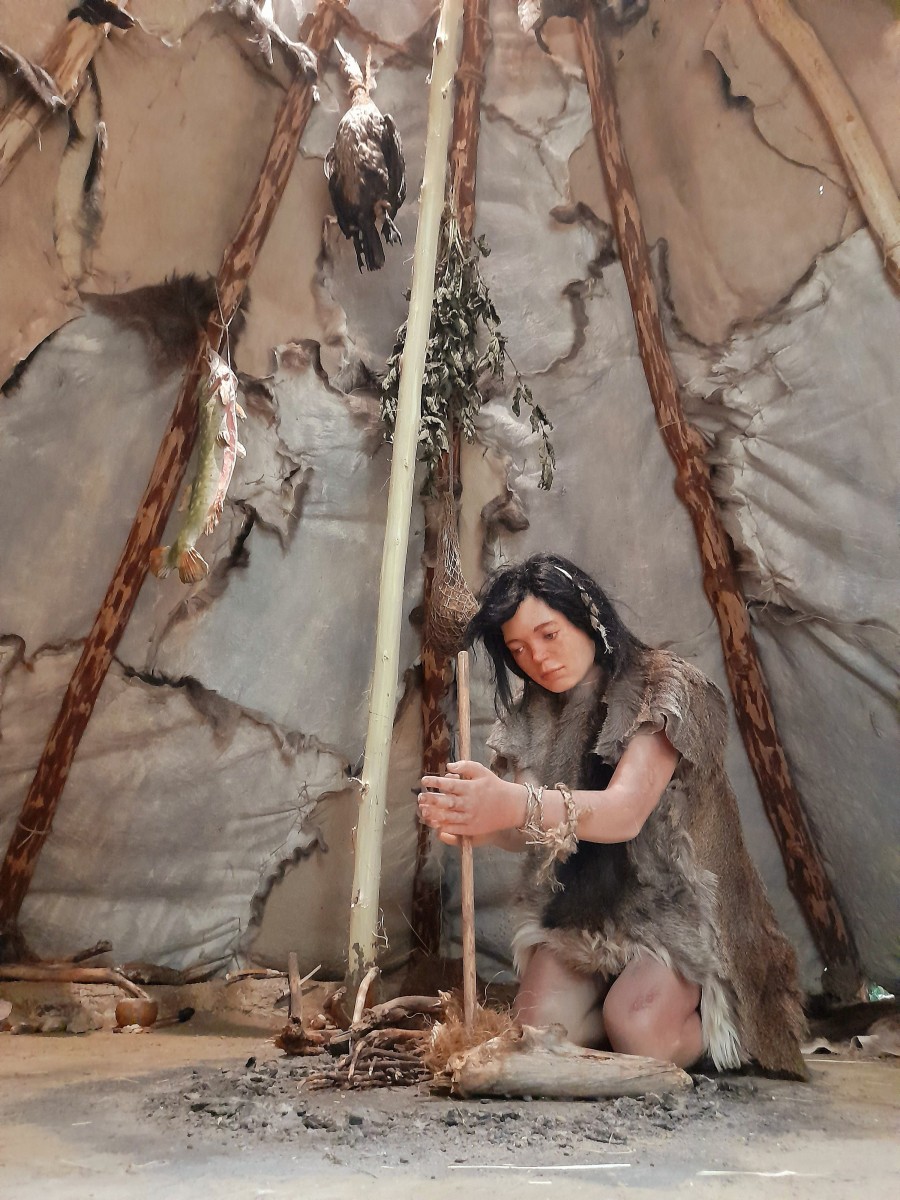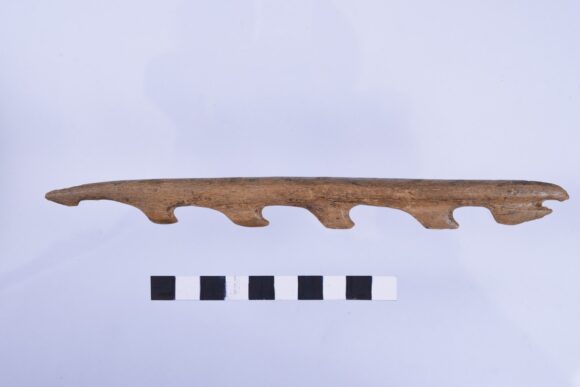This year’s theme and keyword for Museum Night was: Turning Point. The archaeological exhibition at the Déri Museum, therefore, presents an era that was truly a turning point in evolution. Man then lived, perhaps for the last time, in true union with nature, and then began to roughly transform it. We can say that the Mesolithic may have been the last period when man lived as part of nature, with only minimal impact on the environment, thus maintaining ecological balance. From this point of view, we can consider this form of life as a kind of ‘paradise’ state.
This near-natural (‘paradise’) way of life, based on hunting, fishing and gathering, disappeared forever between 6,200-6,000 BC, with the advent of the food-producing, agricultural way of life from the Middle East through the Balkans. From this period onwards, the human transformation of the natural environment continued at an ever-accelerating pace. There is no doubt that this, together with overpopulation, has reached a level that threatens a series of environmental disasters and ultimately threatens the entire ecosystem of the planet.
During the millennia of the Mesolithic, the people who lived in the Carpathian Basin certainly left many memories behind, but only a small part of them is known to researchers. At the exhibition, those interested can see a selection of currently known Hungarian finds.
They can take a look at the life-size hut reconstructed from the remains of a Mesolithic building on the border of Jásztelek, and also get a taste of the memories of the former fishing, hunting and collecting way of life. The many thousand-year-old bone marrow from the King St. Stephen’s Museum in Székesfehérvár, which has remained perfectly intact, will be presented to the public. However, the most special attraction of the exhibition is the only known Mesolithic tomb in the Carpathian Basin, which can be presented for the first time by the Déri Museum, courtesy of the János Tornyai Museum in Hódmezővásárhely.
debreceninap.hu



















